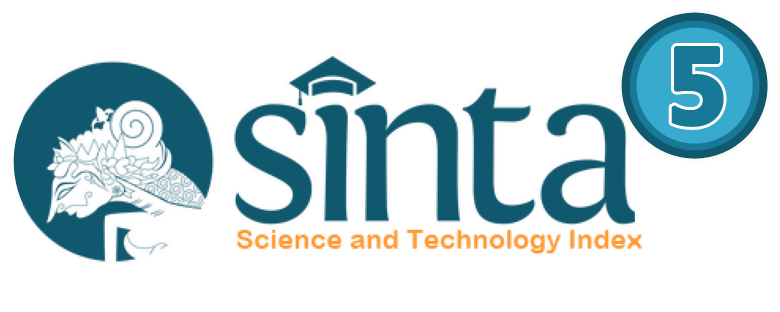Strategi Optimalisasi Waktu Pendidikan Jasmani Di Sekolah Berdasarkan Pedoman Kesehatan Nasional: Studi Kualitatif Di Sekolah Dasar Negeri 2 Jeumpa Bireuen
DOI:
https://doi.org/10.63142/r1v9sb22Keywords:
Time Optimization, Physical Education, Elementary SchoolAbstract
Physical education plays a crucial role in supporting the health and fitness of elementary school students. According to national health guidelines, each student is recommended to engage in at least 150 minutes of physical activity per week. This study aims to analyze strategies for optimizing physical education time at SD Negeri 2 Jeumpa, located in the suburban area of Bireuen. A qualitative approach with a case study design was used, involving the school principal, physical education teachers, and parents. Data were collected through interviews and direct observation. The results show that the main challenges in optimizing physical education time are limited sports facilities, a packed curriculum, and lack of parental support. Several strategies that can be implemented include schedule adjustments, maximizing available facilities, and fostering closer collaboration between the school, parents, and the community. This study suggests the importance of stronger cooperation to enhance the quality of physical education.
Downloads
References
Arifin, Z. (2023). Peran Guru dalam Mengatur Jadwal Pendidikan Jasmani yang Fleksibel di Sekolah Dasar. Jurnal Pendidikan Olahraga, 15(1), 45-59.
Bailey, R. (2006). Physical Education and Sport in Schools: A Review of Benefits and Outcomes. Journal of School Health, 76(8), 397-401.
Bailey, R., Armour, K., Kirk, D., Jess, M., Pickup, I., & Sandford, R. (2012). The Educational Benefits Claimed for Physical Education and School Sport: An Academic Review. Research Papers in Education, 27(1), 1-29.
Donnelly, J. E., & Lambourne, K. (2011). Classroom-Based Physical Activity, Cognition, and Academic Achievement. Preventive Medicine, 52, S36-S42.
Hillman, C. H., Pontifex, M. B., Raine, L. B., Castelli, D. M., Hall, E. E., & Kramer, A. F. (2008). The Effect of Acute Physical Activity on Cognitive Performance. Neuropsychology, Development, and Cognition. Section B, Aging, Neuropsychology and Cognition, 14(5), 467-481.
Janssen, I., & LeBlanc, A. G. (2010). Systematic Review of the Health Benefits of Physical Activity and Fitness in School-Aged Children and Youth. International Journal of Behavioral Nutrition and Physical Activity, 7(1), 40.
Kementerian Kesehatan Republik Indonesia. (2019). Pedoman Kesehatan Nasional: Aktivitas Fisik dan Kesehatan. Jakarta: Kementerian Kesehatan.
Kementerian Kesehatan Republik Indonesia. (2020). Pedoman untuk Aktivitas Fisik Anak dan Remaja. Jakarta: Kementerian Kesehatan.
Kusnadi, A. (2019). Pendidikan Jasmani di Sekolah Dasar: Tantangan dan Peluang. Jurnal Pendidikan Jasmani, 8(2), 45-60.
Rahardjo, E. (2017). Integrasi Pendidikan Jasmani dalam Kurikulum Sekolah Dasar. Jakarta: Kencana.
Sari, D. (2019). Kurikulum Pendidikan Jasmani yang Efektif dan Fleksibel. Jurnal Pendidikan dan Pembelajaran, 5(3), 75-88.
Sari, M. (2022). Fasilitas Olahraga dan Implementasi Waktu Pendidikan Jasmani di Sekolah Dasar. Jurnal Penelitian Pendidikan dan Kebugaran, 10(4), 215-223.
Suyanto, A. (2018). Peran Orang Tua dalam Meningkatkan Aktivitas Fisik Anak. Jurnal Ilmu Kesehatan, 6(1), 20-35.
Tremblay, M. S., Inman, J. W., & Williams, J. (2014). The Relationship Between Physical Activity, Sedentary Behaviour, and Obesity in Children and Adolescents. Canadian Medical Association Journal, 182(9), 391-397.
Wibowo, B. (2016). Fasilitas Olahraga dan Pengaruhnya terhadap Kegiatan Pendidikan Jasmani di Sekolah Dasar. Yogyakarta: Graha Ilmu.
Downloads
Published
Issue
Section
License
Copyright (c) 2024 Dedi Saputra, Alyadi S, Masyitah, Rahmad Hidayat, Muhammad Arkan (Author)

This work is licensed under a Creative Commons Attribution-NonCommercial-ShareAlike 4.0 International License.



















